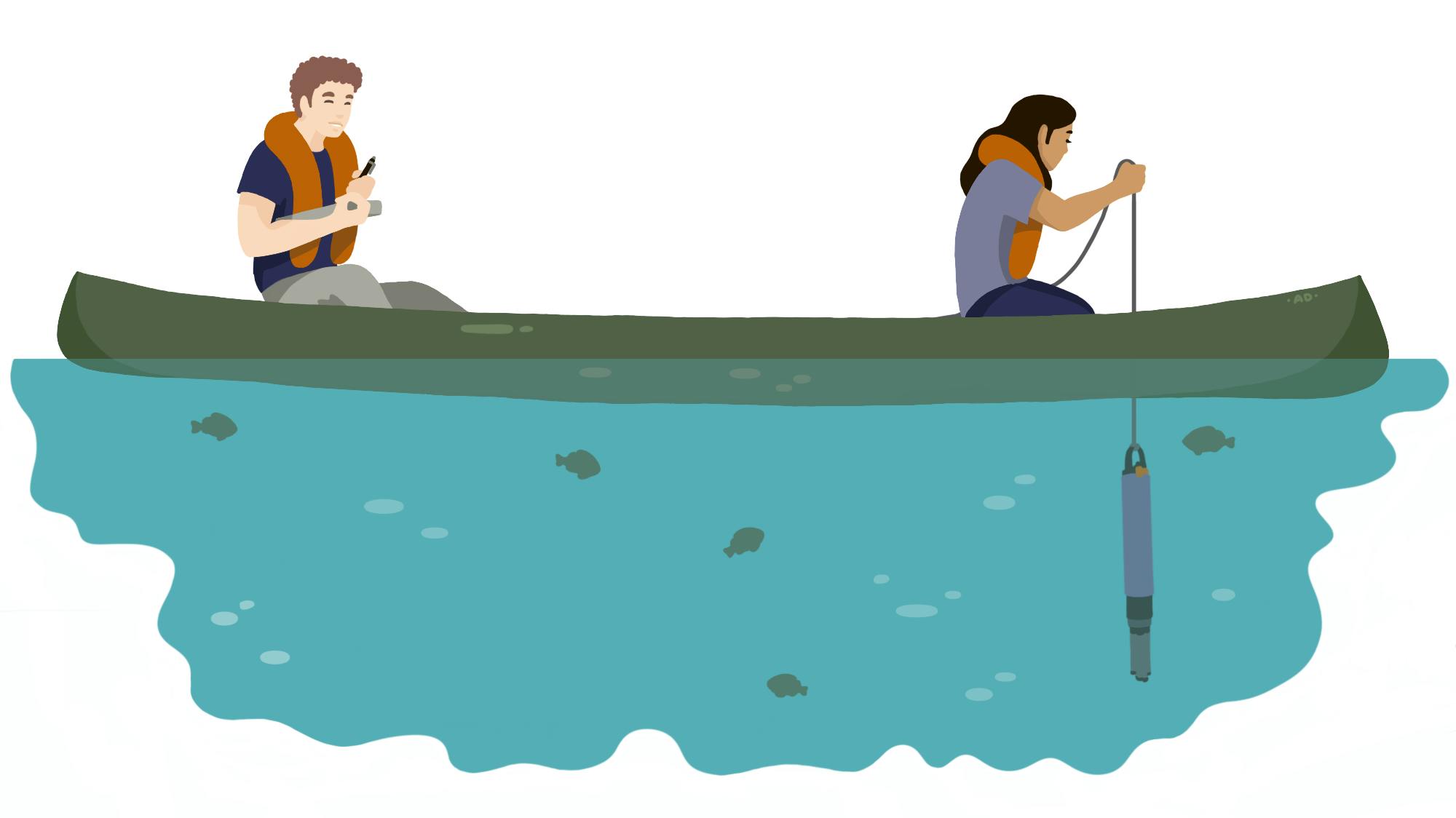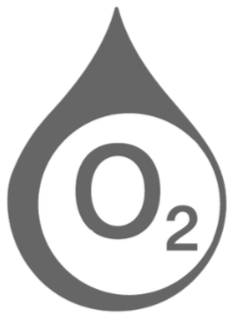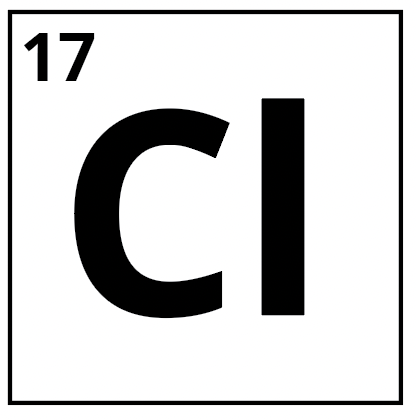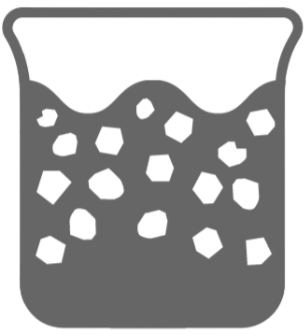Learn about Water Quality

Let's talk about lake health!
The RPBCWD staff is out on the water year-round monitoring the quality of our lakes and creeks. Have you ever wondered what exactly they're doing out there? Are you curious about how they interpret their findings? Let's find out!
Water Quality Standards
In 1974, the Federal Clean Water Act set forth the requirements for states to develop water quality standards for surface waters. In Minnesota, the agency in charge of regulating water quality is the Minnesota Pollution Control Agency (MPCA). Water quality monitoring and reporting is a priority for the District to determine the overall health of the water bodies within the watershed boundaries. The District’s main objectives are to prevent a decline in the overall water quality within lakes and streams and to prevent water bodies from being added to the 303d Impaired Water Bodies list (MPCA). The District is also charged with the responsibility to take appropriate actions to improve the water quality in water bodies that are currently listed for impairments.
There are seven ecoregions within Minnesota; the RPBCWD is within the Northern Central Hardwood Forest (NCHF) ecoregion. Rural areas in the NCHF are dominated by agricultural land and fertile soils. For most water resources in the region, phosphorus is the limiting (least available) nutrient within lakes and streams, meaning that the available concentration of phosphorus often controls the extent of algal growth. The accumulation of excess nutrients (i.e., TP and Chl-a) in a waterbody is called eutrophication. This relationship has a direct impact on the clarity and recreational potential of our lakes and streams. Water bodies with high phosphorus concentrations and increased levels of algal production have reduced water clarity and limited recreational potential.
All lakes sampled in the District are considered Class 2B surface waters. The MPCA states that this class of surface waters should support the propagation and maintenance of a healthy community of cool or warm water sport or commercial fish and associated aquatic life, and their habitats. They should also be suitable for aquatic recreation of all kinds, including bathing. This class of surface water is not protected as a source of drinking water.
Water Quality Indicators
Here are some of the things our staff measure when they're out in the field. Each one tells us something different about the health of our waters.

A majority of the phosphorus in our waters comes from agricultural or urban run-off. Phosphorus is a major component of the fertilizers used to grow crops, and is found naturally in grass clippings, leaves, and other organic matter that wash into our storm drains or directly into our lakes. Without BMPs in place to intercept and filter the nutrients out of the water, the phosphorus makes its way into our lakes and streams where it negatively impacts our water quality.

Chlorophyll-a is the main pigment in algae, and is useful for measuring the concentration of algae present in a lake. Measurements are taken from water samples collected by a Van Dorn, an open-ended tube that allows you to capture water samples from a specific depth by lowering it and triggering the closure of the end plugs. Chlorophyll-a levels are a good indicator of the trophic level of a waterbody.

Dissolved oxygen (DO) is a measure of the amount of oxygen present in the water. Oxygen is added to lakes through wind action and photosynthesis by phytoplankton and aquatic plants, and can be depleted during decomposition of organic material. As all aquatic life needs oxygen to survive, monitoring a waterbody's dissolved oxygen levels is a great way to evaluate the health of a lake through its ability to support aquatic life.

Secchi disks are used to measure water clarity. It is calculated by lowering the disk into the water and marking the depth at which the disk disappears from view, reeling it back and marking the depth it reappears, and averaging the 2 numbers. A lake with good water clarity means sunlight can travel further down the water column, where it will be made available to aquatic life.

Increasing chloride levels in water bodies are becoming of greater concern within the state of Minnesota. It takes only one teaspoon of road salt to permanently pollute five gallons of water, as chlorides do not break down over time. At high concentrations, chloride can be harmful to fish, aquatic plants, and other aquatic organisms.

TSS, or Total Suspended Solids, is a measure of the amount of particulate (soil particles, algae, etc.) in the water. Sources contributing TSS can include streambank and bluff erosion, as well as poorly vegetated ravines and gullies. Increased levels of TSS can be associated with many negative effects including nutrient transport, reduced aesthetic value, reduced aquatic biota, and decreased water clarity.

The toxicity of nitrates to aquatic organisms has been a growing concern in MN over the last decade. Nitrate (NO3), the most available form of nitrogen for use by plants, can accumulate in lakes and streams since aquatic plant growth is not limited by its abundance. While nitrate has not been found to directly contribute to eutrophication of surface waters (phosphorus is the main cause of eutrophication) and is not an MPCA water quality standard, studies have found that nitrate can cause toxicity in aquatic organisms.

Phytoplankton and zooplankton are the base of the food chain in freshwater systems, and populations fluctuate throughout the year. By ensuring that the lower parts of the food chain are healthy, we can protect the higher ordered organisms such as macroinvertebrates and fish. Zooplankton monitoring also helps us detect for invasive water fleas, which outcompete native zooplankton and are unavailable as a food source for fish due to their large spines.
